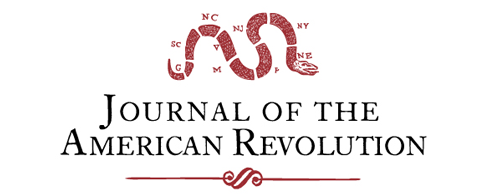The Story of Isaac Bissell—and the Legend of Israel Bissell
In April 1775, Isaac Bissell was a crucial link between the Patriots of Massachusetts and the government of neighboring Connecticut. His actions contributed to alerting many communities along the Atlantic coast about the outbreak of war in Lexington. Nevertheless, through a chain of circumstances, Isaac Bissell’s name has been overwritten in history books.[1] This story […]
